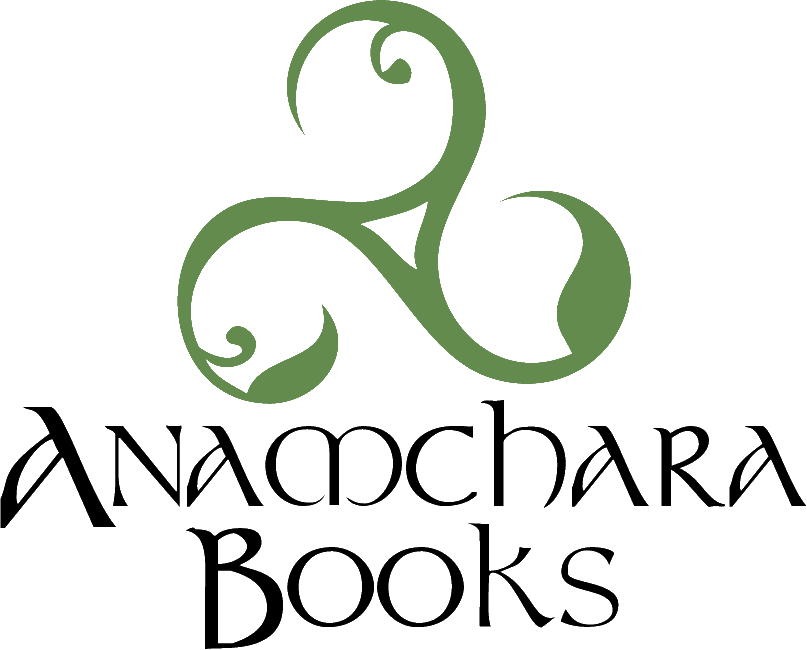The Celtic Revival by Meg Llewellyn
/The yearning we feel in the twenty-first century for all things Celtic is nothing new. In the 1700s, people in England became interested once again in the Druids and sought to bring druidry back to life. Later, in the nineteenth century, the poet William Butler Yeats was at the center of what is known as the Celtic Revival, a movement that sought to reaffirm a Gaelic spiritual heritage amid the encroaching British culture.
Yeats and his colleagues looked at things a bit differently from us Celto-philes today. Their interests lay not in history, nor in a fantasy world, but in their own present-day world. They worked to affirm the living Celtic spirit amid the ordinary people of their day, to make room for it to be a living and real outlook that could change reality.
The Celtic Revival was made up of artists, poets, playwrights, authors, and folklorists. They recognized the importance of the imagination and the arts in Celtic culture, and they sought to bring to life that creative legacy. Many of them—including Yeats—did so by talking to ordinary people, collecting their stories, and then recording them. The stories I collected in Celtic Miracles and Wonders are intended to do homage to the work of individuals who were passionate about the Celtic Revival—Lady Gregory, Ella Young, William Yeats, and others.
These stories reveal an ongoing conviction that the invisible world is as real as the visible one. They show us human beings living in constant, tangible friendship with God, with the supernatural, and with animals. We need not believe that Saint Brigit actually hung her cloak on a sunbeam or that bees created a tiny altar for saying Mass to be inspired and challenged by these stories. They lead us into a world where holiness and the imagination have joined hands, a world where we can truly catch glimpses of miracles and wonders.
Yeats wrote: “Let us go forth, the tellers of tales, and seize whatever prey the heart long for, and have no fear. Everything exists, everything is true. . . .” For Yeats, the power of the imagination is not recreational; it is a deeply spiritual faculty that empowers us to change the world—to bring about justice. It is not make-believe and fantasy but instead allows us to see a deeper truth.
Yeats wrote that when we “re-awaken imaginative tradition by making old songs live again or by gathering stories into books, ” we are taking part in the Gospel, the telling of the Good News that God lives among us and is calling to us to live with justice, generosity, and gentleness. “When imagination is impoverished,” wrote Yeats, “a principal voice—some would say the only voice—for the awakening of wise hope and durable faith, and understanding charity” falls silent.
As someone who loves the old Celtic tales, I take this as a personal challenge. I hope that my books—and all of Anamchara Books' work—will help build a new "Celtic Revival."
Meg Llewellyn is the author of a number of books on spirituality, including Celtic Miracles and Wonders.



